6th Century BC
The ancient Greeks invent (a basic form) of the dumbbell called a haltere. Halteres were made of stone or metal, and weighed between 2 kg and 9 kg. They served multiple uses from training to competition. Ancient Greek records shows the evidence of the halteres dating to as far back as 700 BC. By the 5th Century BC, halteres were of common use in Ancient Greek training regimes. Popularity of the halteres grew globally as by the 2nd Century BC, famous Greek physician, Galen, came up with a variety of exercises that required the use of halteres. Galen insisted halteres as a necessity for physical fitness as it trained the body for war. In his book Description Of Greece, Greek geographer Pausanias defined halteres as “half of a circle, but elliptical and made so that the fingers pass through as they do through the handle of a shield.”
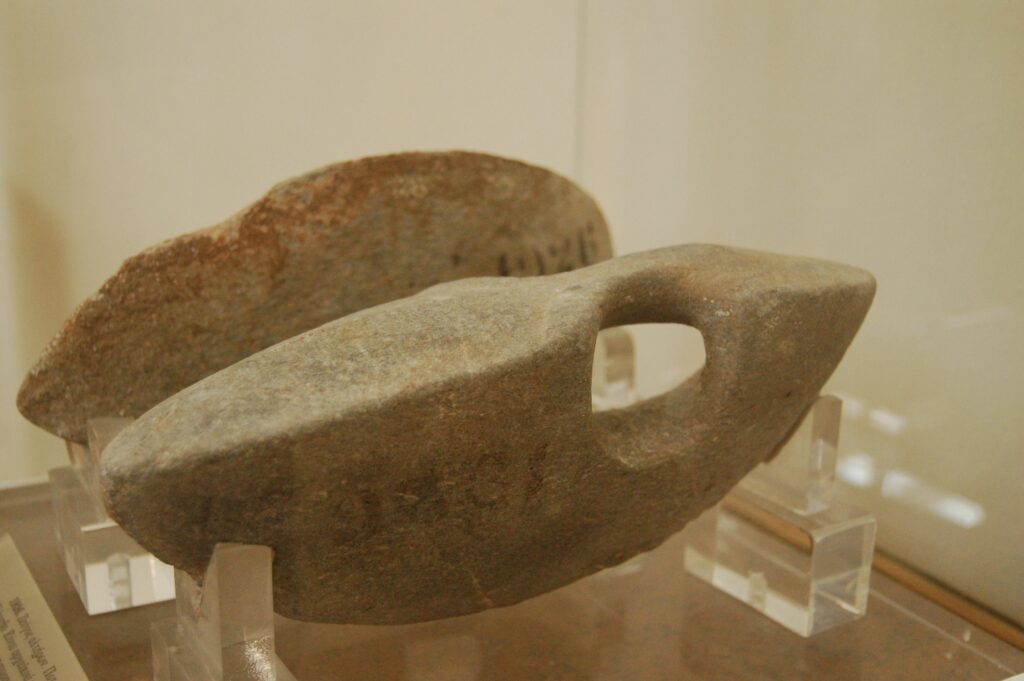
1704
The term “kettlebell” is first used, in Russian. Kettlebell exercises were later popularized in the late 1800s by a Russian Vladislav Kraevsky.
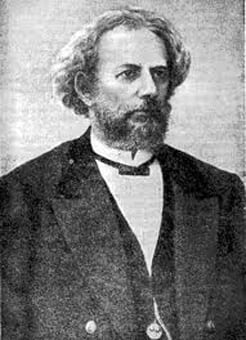
1796
The Gymnasticon, an early exercise machine resembling a stationary bicycle, was invented by Francis Lowndes. Its function was to exercise the joints, either “in all parts of the body at once, or partially.“
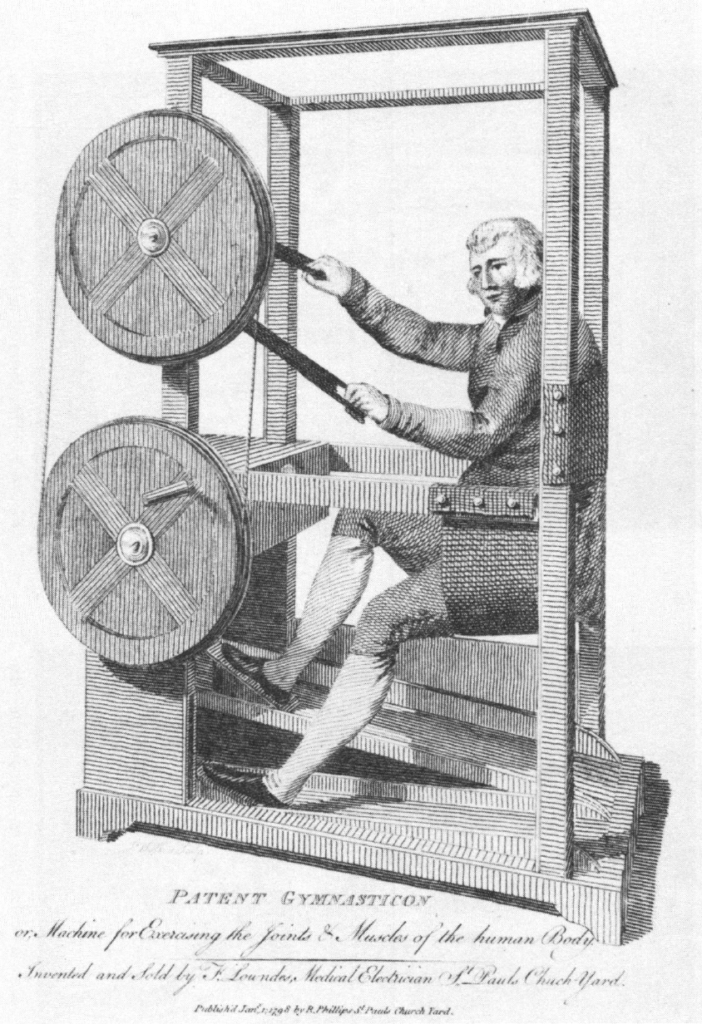
1818
William Cubitt, a civil engineer, created the treadmill—which was also called a treadwheel in the early days. Cubitt later became famous for overseeing the construction of The Crystal Palace in London in 1851. Treadmills were initially used as punishment devices in British prisons – by 1842 more than half of British prisons had one. The likes of Oscar Wilde, imprisoned for gross indecency, worked the treadmill.
1832
Creatine is discovered by the noted French scientist, Michel Eugene Chevreul, who extracted it from meat.
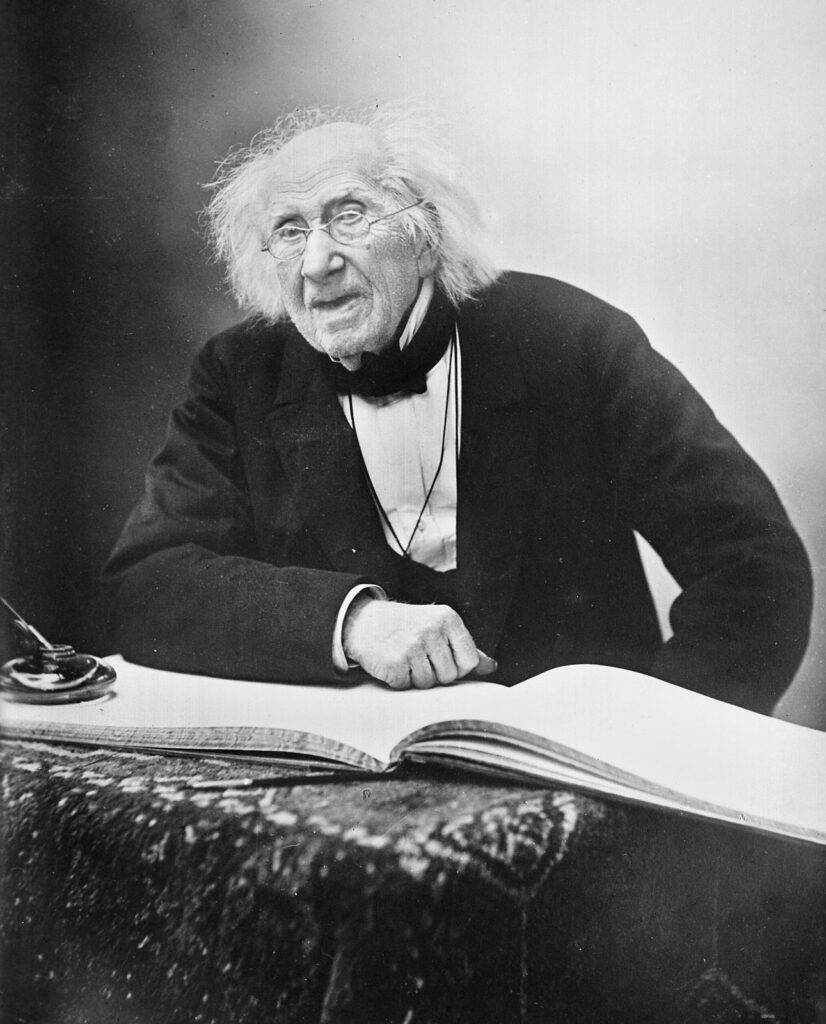
1838
Protein was discovered by Jöns Jakob Berzelius. Named from the Greek word ‘protas’ meaning ‘of primary importance’. Berzelius is also credited with discovering the chemical elements cerium and selenium and with being the first to isolate silicon and thorium. Additionally Berzelius is credited with originating the chemical terms “catalysis”, “polymer,” “isomer,” and “allotrope.”

1849
Hippolyte Triat opens the world’s first commercial gym in Brussels, Belgium.
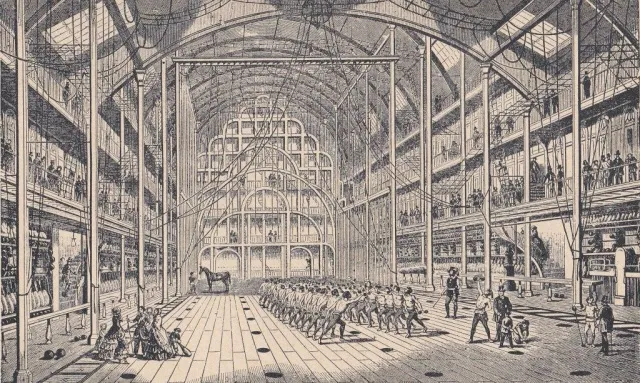
1852
The Boston Young Men’s Christian Union becomes the first gym in America.
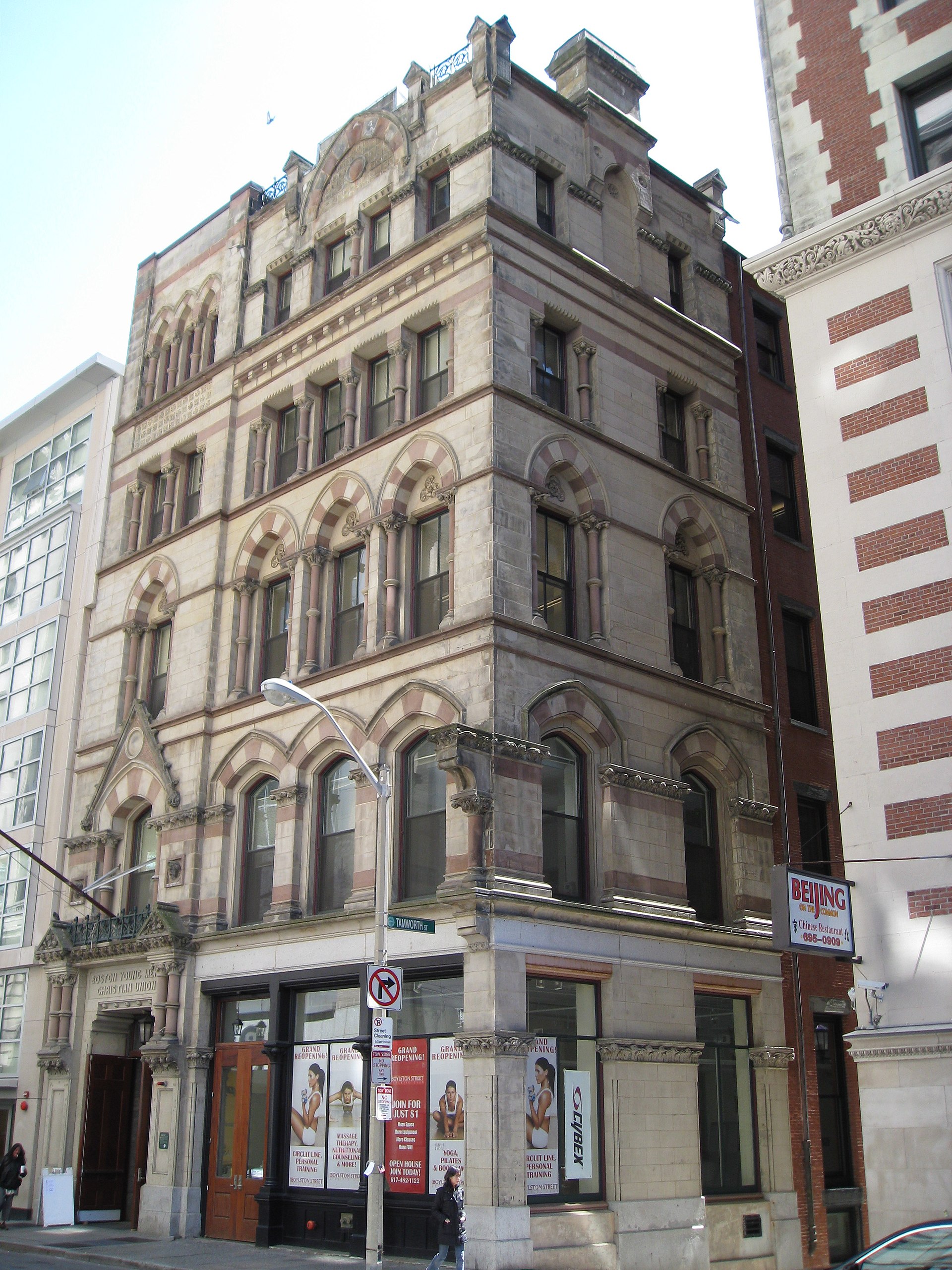
1871
William B. Curtis invented the Curtis rowing machine, the first piece of cardio gym equipment for indoor training.
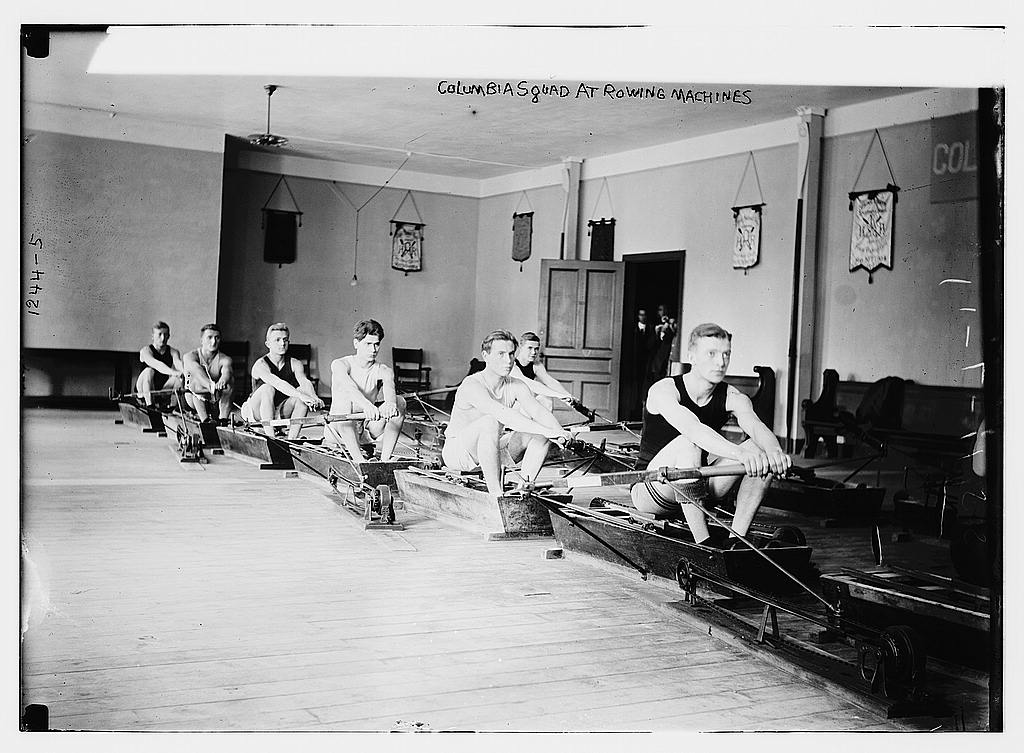
1895
Gustav Gossweiler patents the first product similar to today’s resistance bands in Switzerland. He would take one out in the United States the following year.
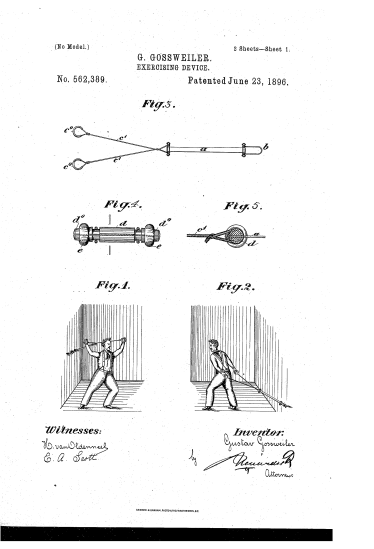
1902
DOMS was first described in 1902 by Theodore Hough, who concluded that this kind of soreness is “fundamentally the result of ruptures within the muscle”.
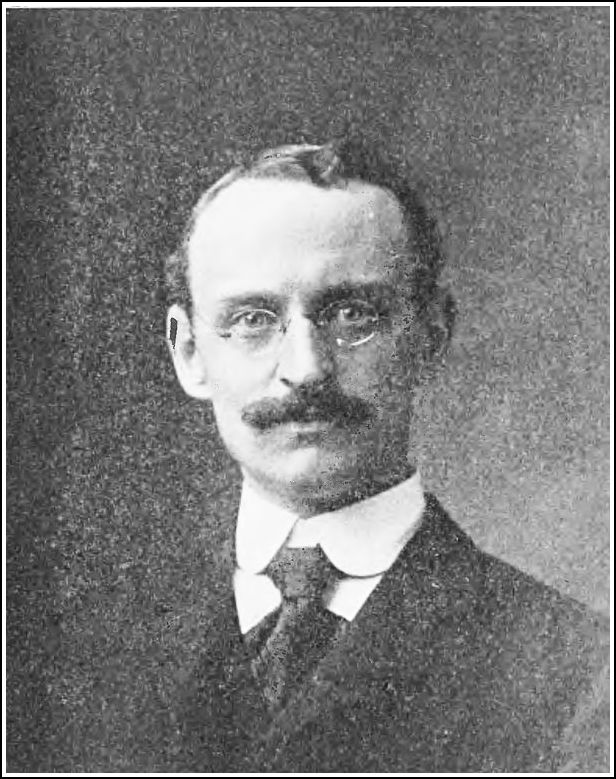
1912
Harvard University researchers Otto Folin and Willey Glover Denis show that ingesting creatine can dramatically boost the creatine content of the muscle.
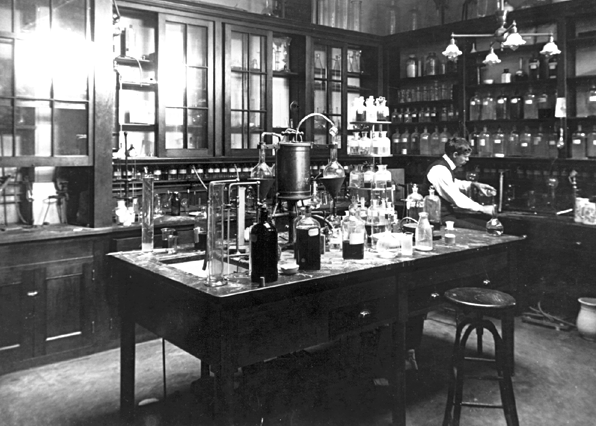
1927
Phosphocreatine is discovered.
1939
Constantine “Cus” D’Amato opens the Empire Sporting Club at the Gramercy Gym.
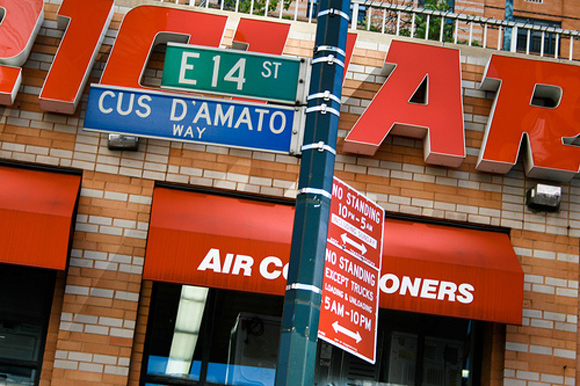
1951
Irvin Johnson, developed the first dissolvable protein – “Johnson’s Hi Protein Food”.
1953
Erling Asmussen first introduced eccentric training in his April 1953 paper “Positive and Negative Muscular Work” as “excentric”, with ex meaning “away from” and centric meaning “center”. Hence, the term was coined to mean a muscle contraction that moves away from the center of the muscle.
August 25, 1965
Gold’s Gym, Venice Beach launches.
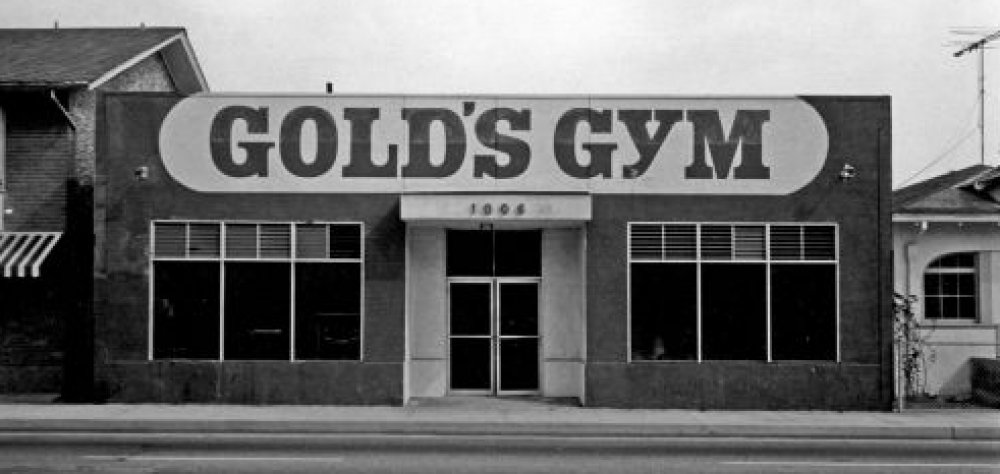
1974
First electronic treadmill is produced by Woodway.
November 1, 1984
LA Fitness is founded.
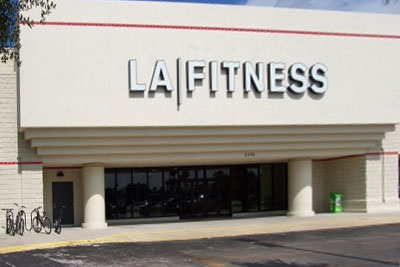
1989
Sarcopenia (a progressive and generalised skeletal muscle disorder involving the accelerated loss of muscle mass and function that is associated with increased adverse outcomes including falls, functional decline, frailty, and mortality) is coined sarcopenia because of the dramatic increase in incidence and prevalence brought about by the demographic changes of the 20th century.
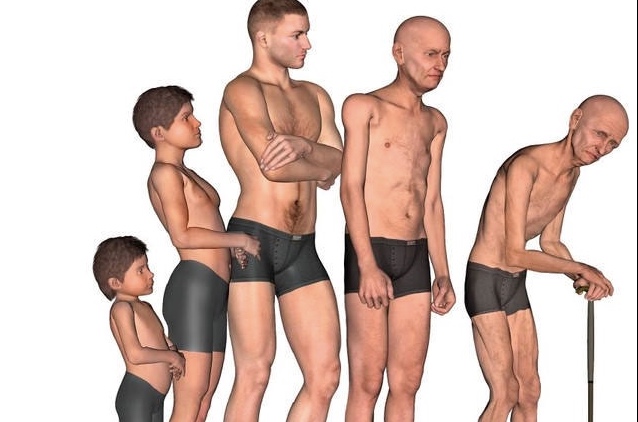
1992
Linford Christie, Sally Gunnell & Colin Jackson are all named in press reports as users of creatine supplementation.
1992
Planet Fitness is founded.
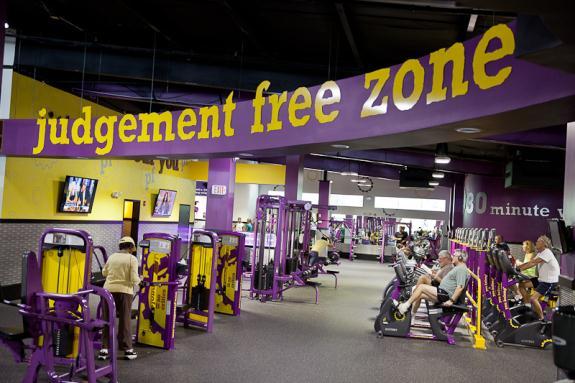
1998
In the ten years leading up to the 2008 Beijing Olympic Games over 37 million square feet of outdoor gymnasiums were built across China.
1999
Virgin Active is founded. The first club opened in Preston, Lancashire. There are today 43 locations in the UK with more than half of the company’s 237 gyms being located in South Africa (133).
2009
PureGym is founded. It claims 1,000,000 UK members and, again claims, to be the UK’s biggest gym chain.
2019
The UK has 7,239 gyms with 10,390,000 gym members. The UK gym industry employs 189,000 people, of which 62,000 are fitness instructors.
2020
There are now an estimated 205,176 gyms in the world with 184,608,505 members globally. That’s 1 in 40 people on earth.
